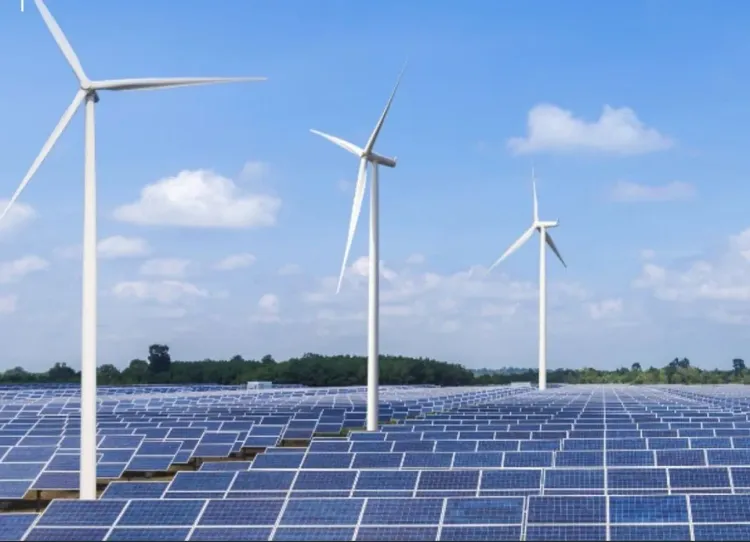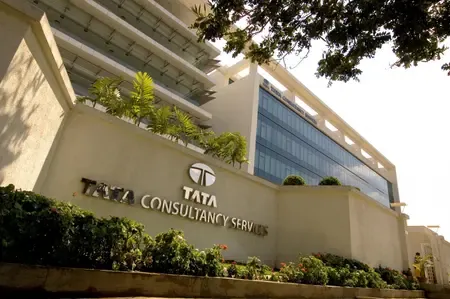Is India's Renewable Sector Resilient Amid Strong Capital Structures?

Synopsis
Key Takeaways
- India’s renewable sector shows resilience due to strong capital buffers.
- Solar power’s share has risen to over 65% by fiscal 2025.
- Wind assets face challenges with 60% underperformance.
- P90 metrics are essential for assessing financial health.
- Wind energy remains crucial for grid stability.
New Delhi, Aug 20 (NationPress) India’s renewable sector showcases remarkable resilience due to a robust capital structure and sufficient liquidity buffers that bolster the sector’s credit profile, according to a report released on Wednesday.
As per Crisil Ratings, over 60 percent of wind assets in India have consistently underperformed against their P90 levels on average during the past five fiscal years, predominantly due to lower-than-anticipated wind speeds, a consequence of climate change and specific regional weather patterns.
“Nonetheless, this underperformance has been mitigated by an increase in solar power’s share within the renewable energy landscape, rising to over 65 percent in fiscal 2025 from about 50 percent in fiscal 2020. This shift has demonstrated superior operating performance compared to the P90 benchmark, contributing to a more stable operational profile for the sector,” Crisil Ratings noted in its findings.
The analysis encompassed more than 350 projects in solar and wind energy, totaling 12.5 gigawatts (GW) of solar assets and 8 GW of wind assets, each boasting an operational history of at least one year.
The P90 metric serves as a vital measure of a project’s financial viability, commonly employed by lenders and credit rating agencies to predict future cash flows available for debt repayments.
The report indicates that independent agencies utilize historical solar irradiation and wind patterns to estimate P-90, which reflects the expected Plant Load Factor (PLF) achievable 90 percent of the time.
It’s crucial to note that falling 1 percentage point short of the P90 level can result in a 3-5 percent dip in the debt servicing buffer and a 1-2 percent decline in return on equity.
Despite the prolonged underperformance of wind generation, the previous fiscal year marked the weakest performance in the last five years, with just 20 percent of capacities meeting or exceeding the P90 benchmark, according to the report.
“A striking 45 percent of wind assets lagged their P90 level by over 3 percentage points during fiscal 2025. In contrast, only 8 percent of solar assets fell behind their P90 level by 1 percentage point, while others lagged between 1-33 percentage points,” stated Ankit Hakhu, Director at Crisil Ratings.
Conversely, 77 percent of solar assets achieved their P90 levels, aligning with the average performance over the last five fiscal years.
“Leading developers have maintained a healthy operating leverage (the ratio of debt to EBITDA for operational assets) ranging from 5 to 5.5 times, ensuring an adequate cash-flow buffer (relative to debt servicing) of 1.2 to 1.3 times on average, allowing them to absorb the impacts of lower-than-expected generation,” commented Ankush Tyagi, Associate Director at Crisil Ratings.
Nevertheless, wind energy remains crucial for grid stability, given the intermittent nature of renewable energy sources.
Solar assets primarily generate electricity during the day, while wind assets provide power in the evening and night hours, as well as during periods of low solar output, such as the monsoon season, the report elaborated.









